Search Images
Browse Content (p. 815)
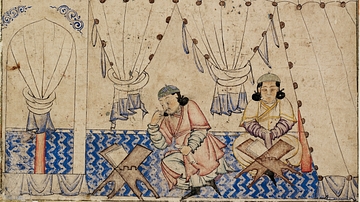
Image
Ilkhan Ghazan Studying the Koran
A 14th century CE illustration of Ghazan (r. 1295-1304 CE), ruler of the Ilkhanate, studying the Koran. (National Library, Berlin)
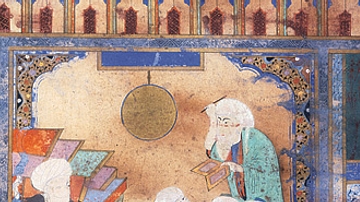
Image
Nasir al-Din al-Tusi & Observatory
A 16th century CE illustration showing the famed Persian astronomer and scientist Nasir al-Din al-Tusi (1201-1274 CE) in his observatory at Maragha, then part of the Mongol Ilkhanate. (British Library, London)
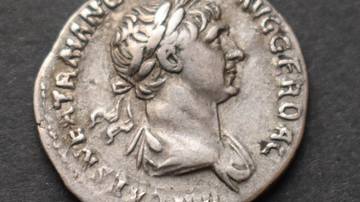
Image
Silver Denarius of Trajan (Obverse Side)
A silver denarius showing the face of Roman emperor Trajan (r. 98-117 CE)
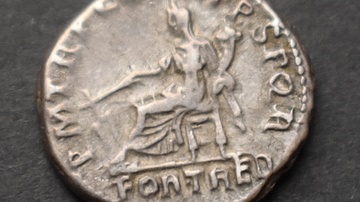
Image
Silver Denarius of Trajan (Reverse Side)
A silver denarius with Trajan (r. 98-117 CE) on the obverse side. Here on the reverse side, the inscriptions demonstrate the major achievements of the emperor. They read as such: PM-TRP-COSVI-PP-SPQR. These are abbreviations for Pontifex...
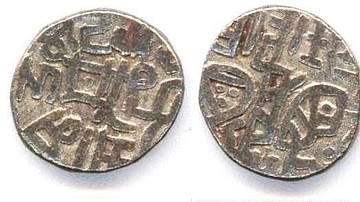
Image
Coin of Muhammad Ghori
Coin of Muhammad Ghori (r. 1173-1206 CE).
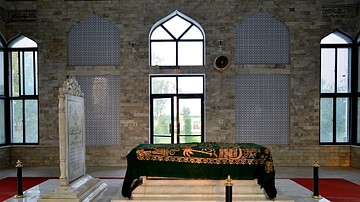
Image
Shrine of Muhammad Ghori
Shrine of Muhammad Ghori (r. 1173-1206 CE), Pakistan.

Image
Ghiyath al-Din Muhammad
Modern statue of Ghiyath al-Din Muhammad (1163-1202 CE), Dushanbe, Tajikistan.
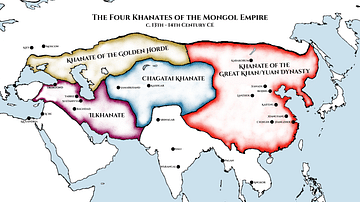
Image
Four Khanates of the Mongol Empire
A map of the four Khanates of the Mongol Empire, after its division in 1259 CE.
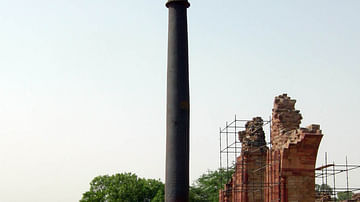
Image
Mehrauli Pillar
Iron pillar in the Qutb complex near New Delhi, India from the Gupta period.
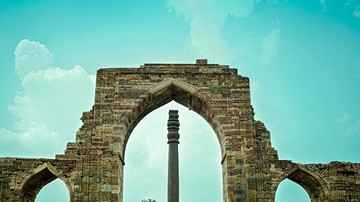
Image
Mehrauli Iron Pillar
The Iron Pillar now seen at the Qutb Complex, New Delhi, India, was originally erected during the time of King Chandra and bears his inscription in Sanskrit. This king has been identified with Emperor Chandragupta II (c. 375 - 413/14 CE...